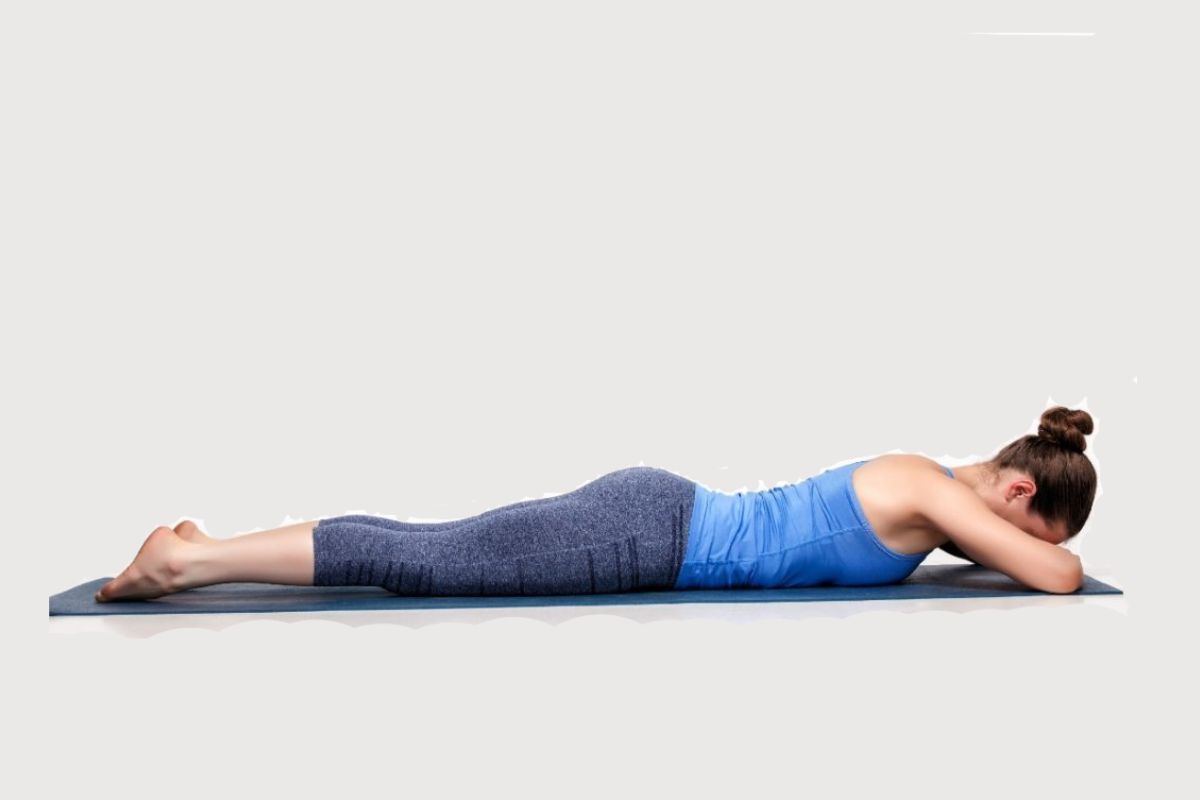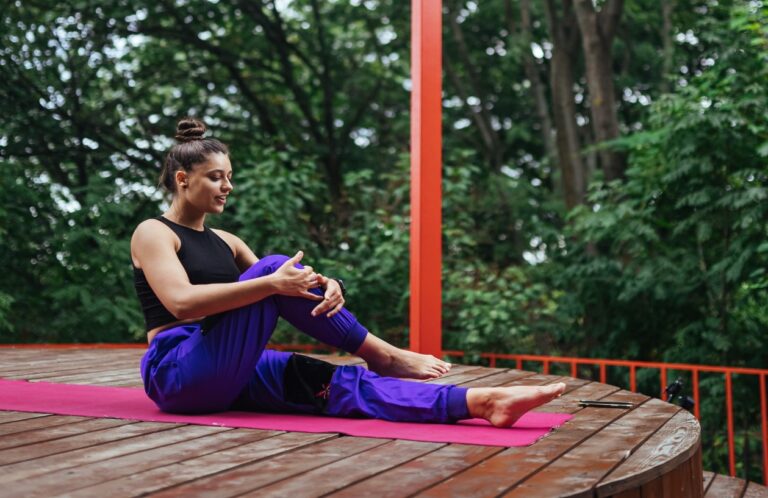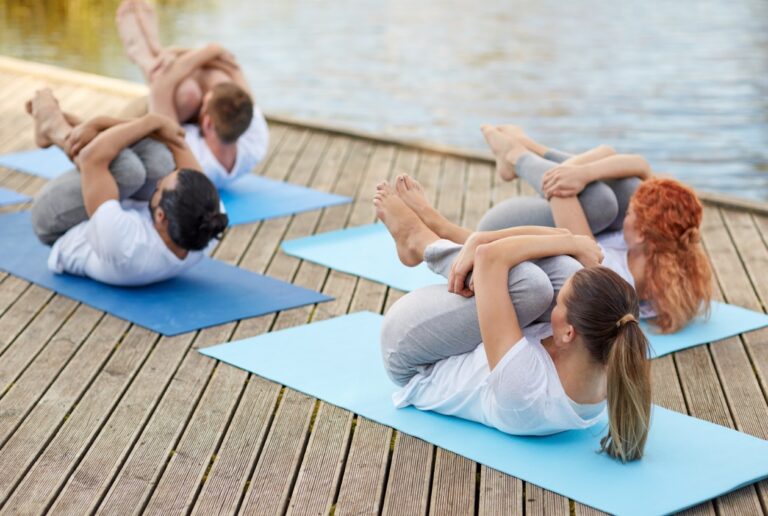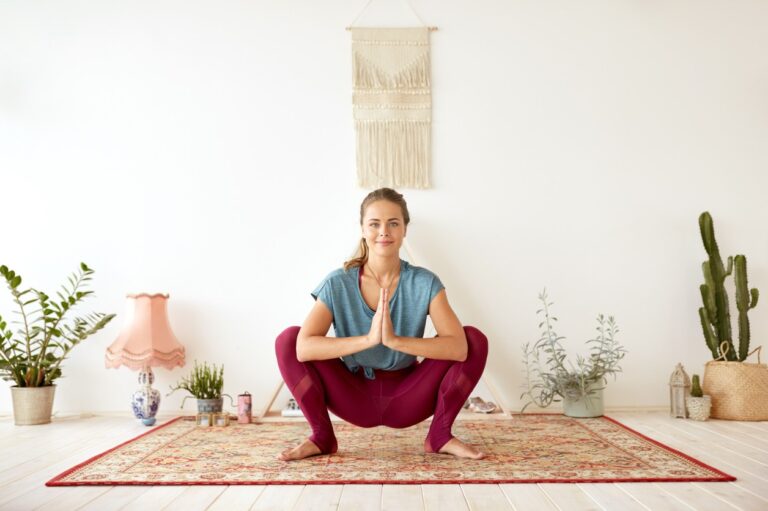Advasana is a basic relaxation and restorative pose. The term comes from the Sanskrit advarjita, meaning “prone”; and asana, which means “posture” or “pose.”
Advasana (reversed corpse pose)
- Lie on the stomach.
- Stretch both arms above the head with the palms facing downward.
- The forehead should be resting on the floor.
- Relax the whole body in the same way as described for shavasana.
- If there is difficulty breathing or a sense of suffocation is experienced, a pillow may be placed under the chest.
- After some time, again become aware of the body and surroundings, and gently and smoothly release the posture.
Breathing: Natural and rhythmic. The number of breaths may be counted as in shavasana while gently pushing the abdomen against the floor.
Duration: For relaxation in the treatment of ailments, it should be performed for as long as is comfortable. Before or during an asana session, a few minutes is sufficient.
Awareness: Physical – on relaxing the whole body, and on the breath. Spiritual – on aj na or manipura chakra.
Benefits: Recommended for those with slipped disc, stiff neck and stooping figure.
Practice note: Mantra may also be synchronized with the breath as in shavasana.
Advasana, or the Reverse Corpse Pose, promotes deep rest, spinal alignment, and improved breathing. Commonly taught in a yoga school in India, it is also an essential relaxation posture in a kundalini yoga teacher training in india, enhancing calmness and body awareness.




